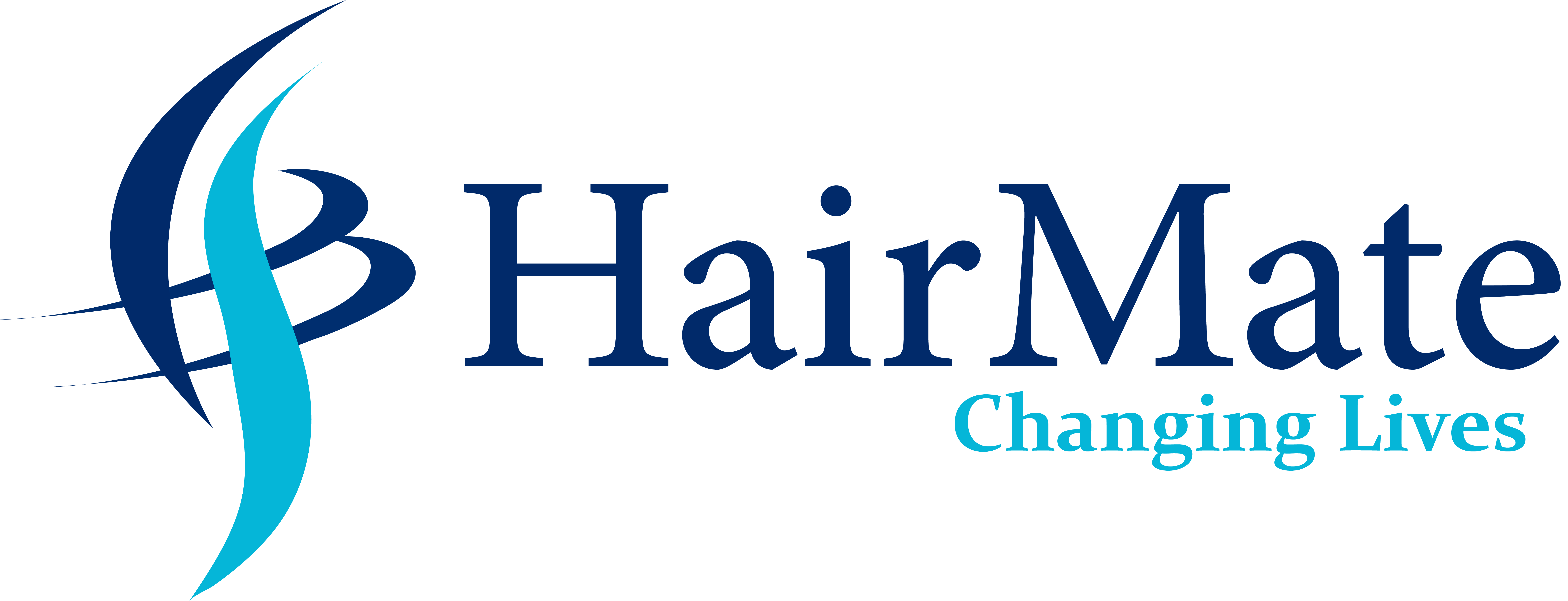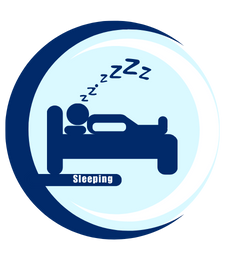Numbness may occur for a short period of time after transplant operation. It returns to normal in three weeks but sometimes it can take 2 to 6 weeks. It takes some time to recover and get full sensation after your operation. The lack of sensation will decrease and go away over a period of time with the regeneration of the sensory nerves.


